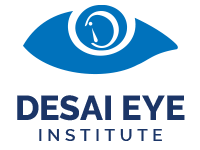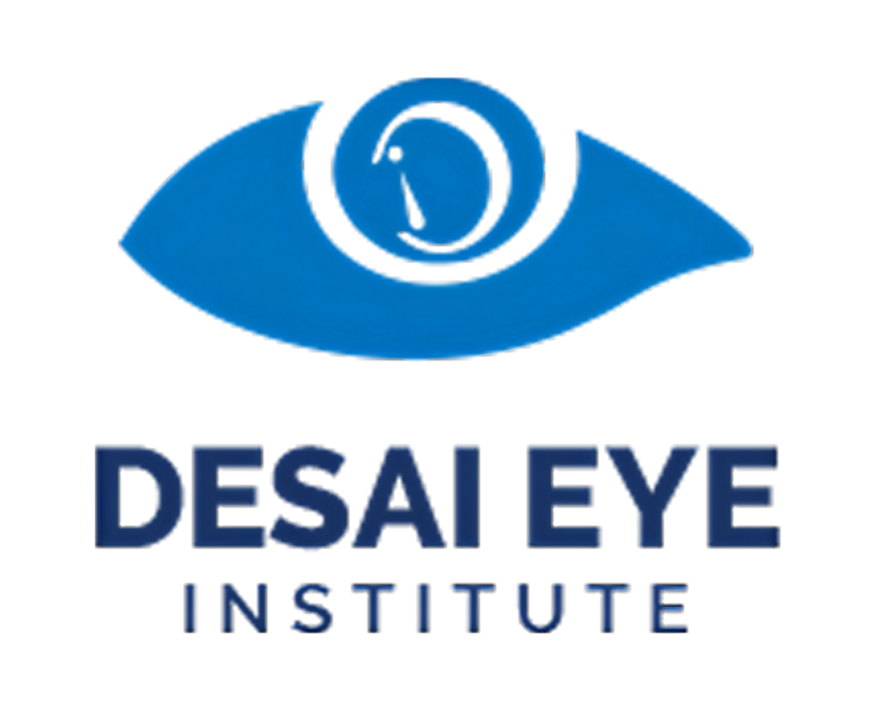Interferometry - Dry Eye treatment in Vadodara
Interferometry is a precise optical measurement technique used to measure small changes in distance, thickness, or surface variations by analyzing the interference patterns created when two or more light waves interact. In ophthalmology, interferometry is employed to measure the thickness of the cornea, the crystalline lens, or the retina, and to assess surface irregularities. This method is particularly useful in evaluating corneal health, monitoring diseases such as glaucoma, and guiding surgical procedures like cataract surgery or refractive surgeries.
At specialized eye centers, interferometry is commonly used for advanced diagnostic imaging, offering a non-invasive and highly accurate way to evaluate the structure and optical properties of the eye. During the procedure, light from a coherent source, such as a laser, is split into two beams: one is reflected off the surface being measured, and the other is used as a reference. When these beams recombine, they produce an interference pattern that can be analyzed to calculate precise measurements.
Medical Equipment Needed for Interferometry
- Interferometer Device (e.g., OCT - Optical Coherence Tomography)
- Laser Light Source (to create coherent light)
- Beam Splitter (to divide light into two paths)
- Digital Detector (for capturing interference patterns)
- Pupil Dilation Drops (in some cases for better visualization)
- Slit Lamp (for additional eye examination)

01
Make Appointment
If you need help booking an appointment, please call us.

02
Select Doctor
Choose a doctor from the list, review their profile, and select the most suitable one for your needs.

03
Get Consultation
Book your onsite consultation and meet the doctor at the scheduled time.

04
Get Cure & Relief
Experience complete care and relief as the doctor helps treat your condition effectively.

